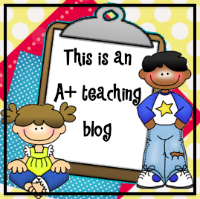Every summer I pick an area of my classroom or an instructional strategy to focus on. This year I’m choosing getting myself organized in terms of places and spaces for my instructional tools (i.e. where to put my stuff!), and I’m honing in my focus on effective small group instruction.
I’m diving back into this book in the hopes of researching strategies and tools that will provide the most effective instructional grouping for my students. I love Fountas and Pinnell!

Framework for my small groups:
I have four different types of small groups that I use during the school year:
1. Word Work
2. Comprehension Strategies
3.Fluency
4.Guided Reading
This year with the addition of RTI to my school I’ll also pull intervention groups. I’m using these books to help in my planning for that.



During any small group lesson I’ve always used the Reading Recovery model to help me structure my groups. In any type of small group I pull there’s always a writing element, because we all know that reading and writing are closely related. The same strategies young readers use when interacting with text are the same strategies they use when composing text.
I’ve been studying the chapter in When Readers Struggle: Extending Reading Power Through Writing. This chapter discusses ways in which student’s writing can be used in small groups as a teaching tool.
There are several types of writing we can use during small group instruction. I wouldn’t do this every time, but for my strugglers I work it in each time we meet.
Types of Writing in Small Group Instruction:
Shared/Interactive Writing
Dictated Writing
Independent Writing
The routines for using each type are:
1.Talk: Let students discuss the text that they will write. This could come directly from the text they read during guided reading.
2.Compose: Negotiate the composition of the text with your students.
3.Write: Depending on the type of writing you choose you would have a combination of teacher writing (shared writing), teacher and students sharing the pen (interactive writing), or students writing (dictated or independent writing).
The types of writing could be story summaries, writing about your favorite part, writing beginning middle and end, first next last, something you learned from the text, extension sentences..the possibilities are endless.
4. Reread: Read the text together each time you add a new word. Rereading is a powerful strategy to teach our students.
5.Revisit: After the text is written revisit the text for letter or word study. You could use prompts like “Find a long word.” “Find a short word.” “Find a word that begins with.” There is an entire page devoted to prompts to use when revisiting the text and Fountas and Pinnell also have other prompting guides.
You could also provide students with a typed copy of the text the next day, or produce a cut up sentence that the students would put back together.
When I was a Reading Recovery teacher I’d make individual writing books for my students. I’d take a ream of paper and divide it in half, this would give me two books. Then I’d create a cover and bind the booklet together. But this year I’m expanding my small group writing journals to include pages for different things. But I also plan to include a section of plain unlined copy paper.
Click on the picture to get your copy if you’d like to use it during your small group time. There are two different cover options.


You can use any combination of the pages you’d like. I’m planning on sectioning my pages off so that we can flip to whatever type of writing we’re going to do during small group instruction.
Sorry for the long post, but I hope you find something you can use. If you download please consider following me or leaving a comment about your small group instruction.
I’m planning on posting about my next chapter: Building and Using a Repertoire of Words along with some more freebies. Have a great weekend!
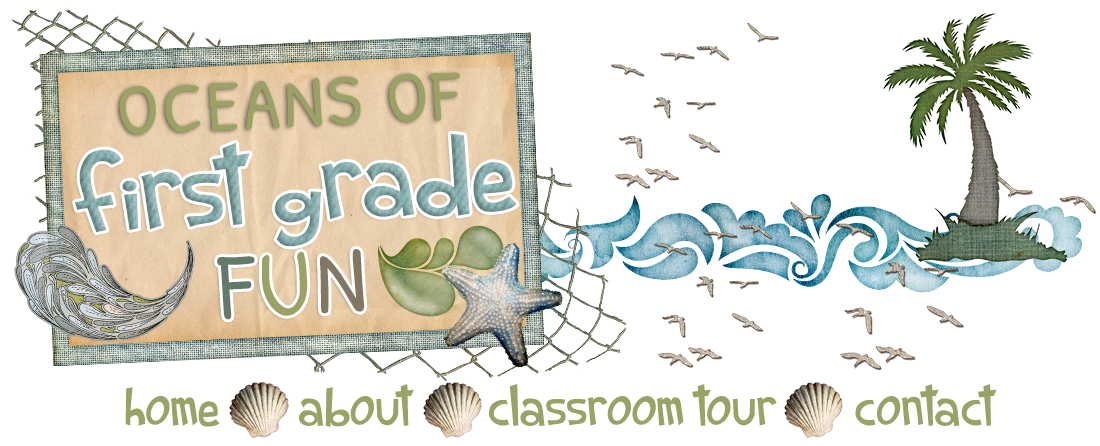


















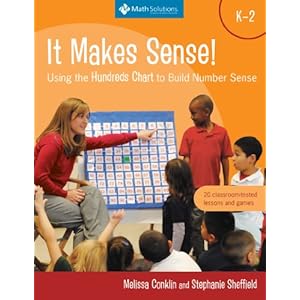








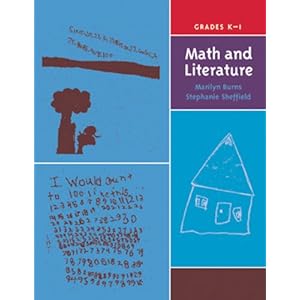
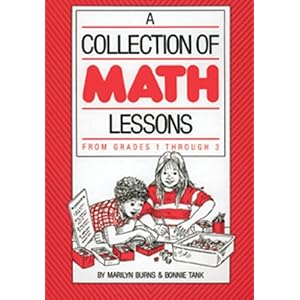




 M-Fri but I used the activities described above in the place of a whole group lesson. Once I introduced the concept on Monday I’d follow up with small group instruction while the rest of the class visited math stations, that helped me to reach the strugglers instead of going over the same thing with the whole class when not everybody needed it.
M-Fri but I used the activities described above in the place of a whole group lesson. Once I introduced the concept on Monday I’d follow up with small group instruction while the rest of the class visited math stations, that helped me to reach the strugglers instead of going over the same thing with the whole class when not everybody needed it.

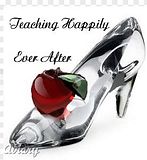


















.HEIC)





























































































